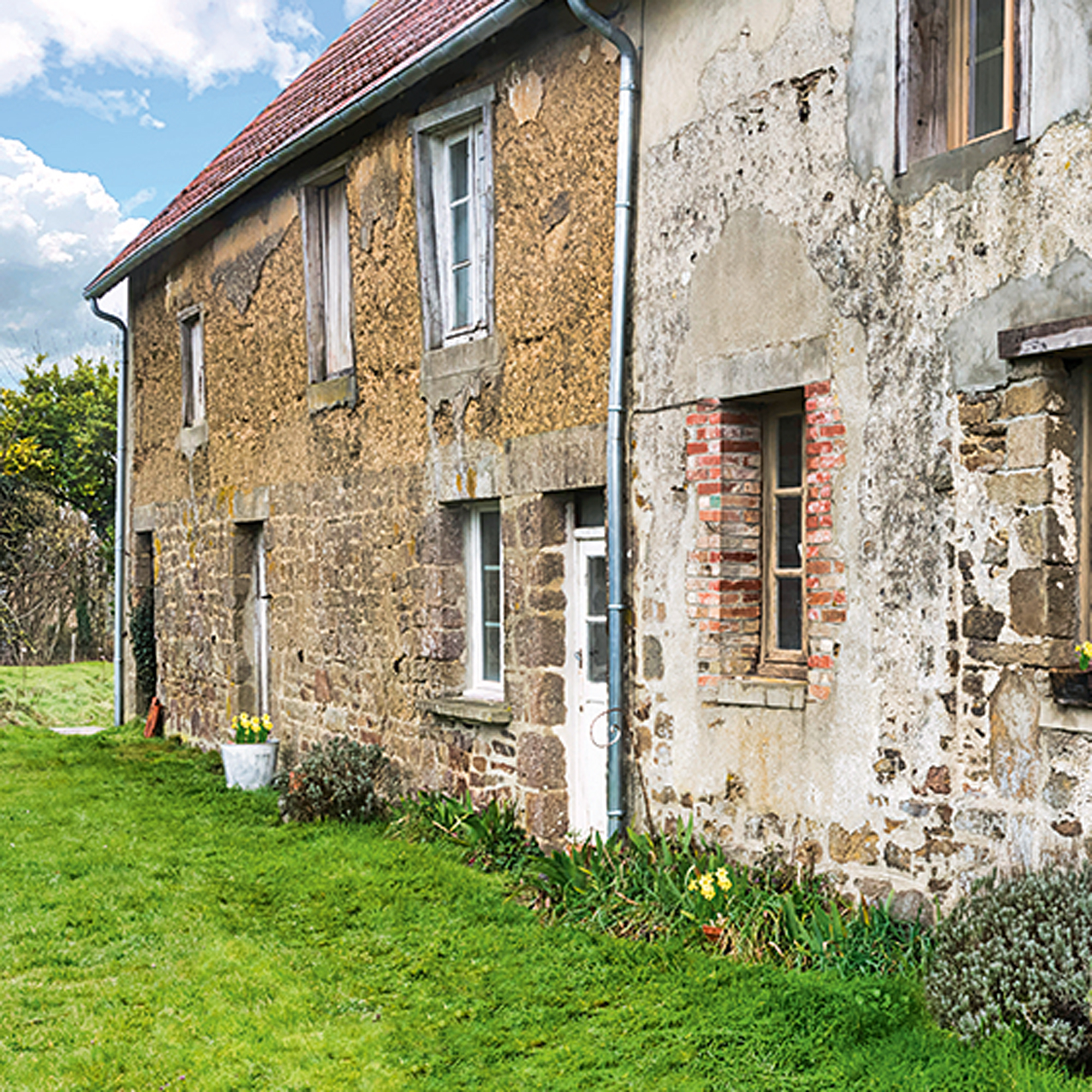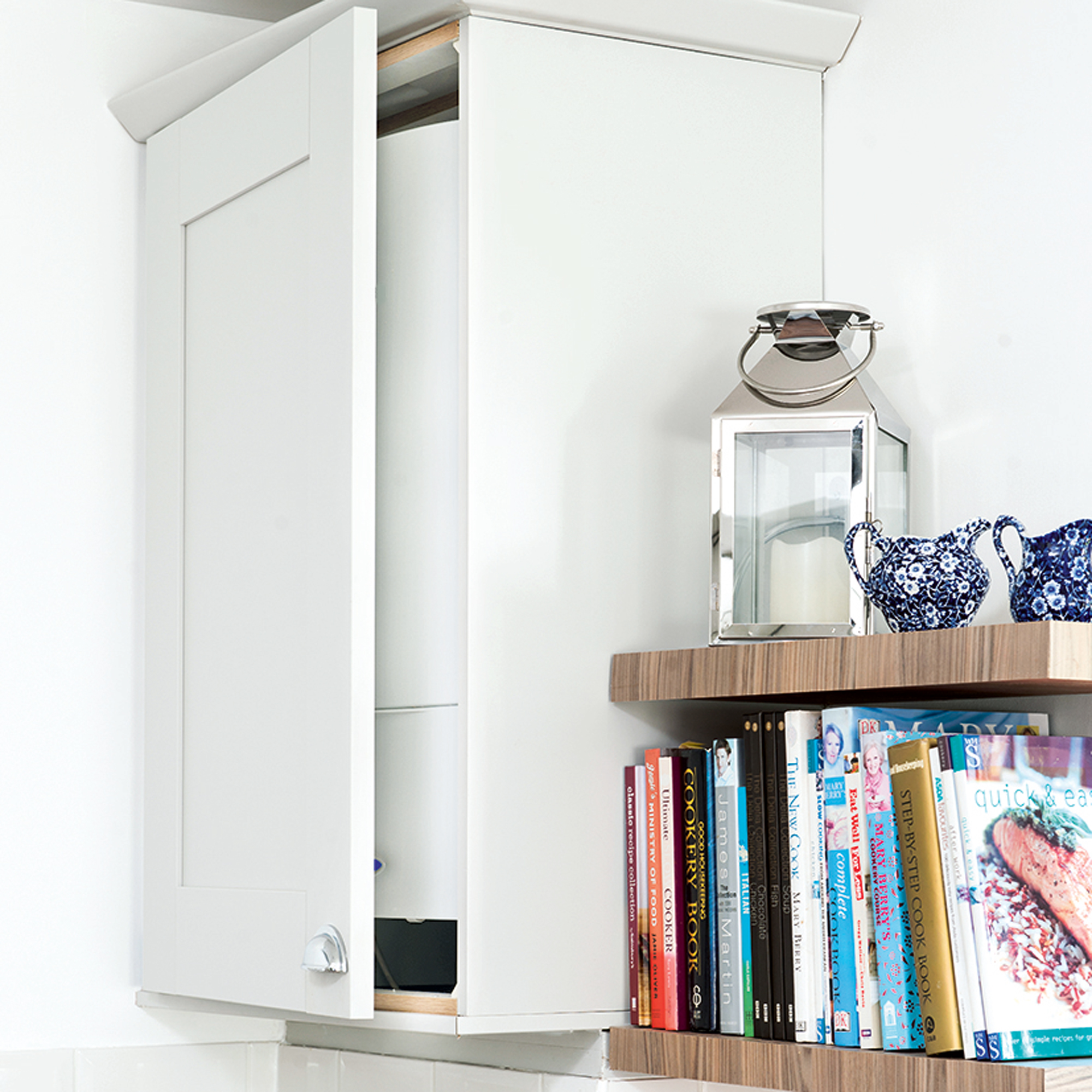What's an EPC E rating and how do I improve it?
Find out why your home has an EPC E rating and what changes you can make to achieve a higher rating


Wondering what's an EPC E rating and how do I improve it? If your property achieved an E EPC rating, it means it scored low on its energy performance and well below the recommended Energy Performance Certificate rating of C.
However, your home won’t be alone in its score. According to new research by Open Property Group, 60% of homes in the UK have an EPC ranking between D and G.
‘E is a low rating,’ says Jeff Djevdet at Speed Property Buyers. 'A is the highest score you can achieve, which means an E-rated home is likely to be very poorly insulated, with an inefficient boiler with old-fashioned lighting,’ he says.
Find out why your property scored low on the test and what home improvements you can make to achieve a higher score on your EPC E rating in the future.
What's an EPC E rating and how do I improve it?

An E rating means your home scored between 39 and 54 SAP points in its EPC test (SAP stands for the government’s Standard Assessment Procedure) and a light orange colour code.
The lower the points and closer your score is to red on the traffic light system, the less energy efficient your home is. You may also be interested to know what an EPC D rating is.
What is EPC rating for rental properties?
At present, there is no minimum EPC standard for a typical domestic property that you live in yourself. However, all rental properties in the UK have to have an EPC rating of E or higher to be legally let. Any landlords that don’t comply with the regulation can be fined up to £5,000.
Sign up to our newsletter for style inspiration, real homes, project and garden advice and shopping know-how
Why does my home have an EPC E rating?

Your EPC assessment will give you a breakdown of each element of your property, describing its current state and energy rating and will provide recommendations on how you can improve each element, along with the cost to implement the change and the potential savings, too.
Each home is very different and will score differently on various elements. But, typically newer homes are much more energy efficient, and with that comes the likelihood of a good EPC result of C and above. Whereas older properties, especially built before 1980, won’t have been constructed with the recommended insulation, often have leaky single glazed windows and are heated with inefficient boilers.
Is an E EPC rating bad?

While currently acceptable, an E rating means there is room for improvement. And, with the UK government pushing ahead to meet net-zero targets by 2050, it’s looking increasingly likely that all UK homes will need to have an EPC rating of C or above in the not too distant future.
Wondering how to to improve your EPC rating? There are many benefits to improving an EPC E rating. Not only will you be helping to lower your home’s carbon emissions but, the more energy efficient your home is, the warmer and more comfortable it is likely to be, too.
‘The benefit of energy efficiency improvements can be seen in utility bills which are lower than they otherwise would be for millions of households,’ says David Fell, senior analyst at Hamptons, whose recent study shows that the average annual utility bills for an E-rated home are £2,185, whereas a D-rated home is £1,691 and a C-rated home is £1,196.
What’s more, if you’re considering selling your home, a low EPC rating is likely to equal a low property value and reduce buyers’ interest in your home.
‘Overall, EPC ratings have an impact on a buyer’s confidence: a good reading is no problem, but a low EPC reading raises concerns,’ says Victoria Anderson-Stewart, senior sales consultant at Hamptons in Newbury.
What can I do to improve my EPC rating?
There are many ways you can improve the energy efficiency of your home and these will be listed on your EPC certificate. Common recommendations include:

1. Install insulation
Older properties are likely to either have inadequate insulation, if any at all. According to Energy Saving Trust, 25% of heat is lost through the roof of an uninsulated home and about a third of heat escapes through uninsulated walls.
The organisation recommends fitting a minimum 270mm of loft insulation as a minimum. Working out the type and amount of insulation for walls varies depending on the format of your home’s existing walls.
2. Improve your boiler

It's worth working out how much does a replacment boiler cost? ‘Updating your boiler can have one of the biggest impacts on your EPC rating,’ says Thomas Goodman at Myjobquote.co.uk.
‘If you have an old boiler, replacing it with a newer, more efficient model could improve your rating by up to 40 points,’ he says.
3. Insulate your hot water tank
If you live in an old property and budget won’t allow a full boiler upgrade, a more cost-effective way of targeting the inadequacies of your old boiler is to insulate your hot water tank. It won’t increase your rating by as many points as a new heating system, but will gain you a small boost to your score.
4. Fit energy-efficient light bulbs
An EPC assessor will check the number of fixed lighting and low-energy light bulbs in your house, and will look to see what percentage are energy efficient. Opting for LED lights over halogen bulbs will improve your home’s energy efficiency and lead to more points on your EPC.
5. Upgrade your glazing

Windows make up a big percentage of a property’s structure, which means they factor high on an EPC test. Replacement windows, such as upgrading single glazing with efficient double glazing, are worth considering. You will be minimising the risk of heat loss through your glass and therefore helping to create a warmer, more sustainable home

Sophie Vening is a freelance journalist and editor with more than 16 years’ experience writing about homes and properties. She’s worked for some of the UK’s leading interiors, self-build and property titles including, Grand Designs, Ideal Home, House Beautiful, Build It, The Metro Homes & Property and The Evening Standard Homes & Property.
She enjoys writing about complex issues in an easy-to-understand way.